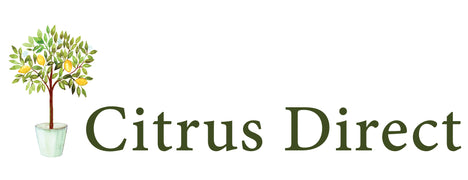Aphids - Main types of Citrus Aphids, Damage Symptoms, Control Strategies
Dec 21, 2024
Aphids are tiny (1 to 4 mm in length) pests commonly found on citrus trees in New Zealand. They affect both the health of the trees and the quality of the fruit.
Main Types of Citrus Aphids
The most prevalent aphids on citrus trees are the Green Citrus Aphid (Aphis gossypii) which can be found on both young and mature leaves and the small Black Citrus Aphid (Toxoptera citricida). Aphids tend to cluster on young shoots and the undersides of citrus leaves. You will often see ants where there is an aphid infestation as they are attracted to the honeydew.

Photo Above: Black Citrus Aphid
Damage Symptoms
- Leaf Curling and Distortion: Aphids feed by sucking sap from young leaves and stems, causing curling, distortion, and stunted growth.
- Honeydew Excretion: Aphids excrete a sticky substance called honeydew, which can lead to sooty mould growth on leaves, affecting photosynthesis and tree health.
- Yellowing Leaves: Infested leaves may turn yellow, indicating nutrient deficiencies.
- Reduced Fruit Quality: High populations can result in reduced fruit set and poor fruit quality.
Control strategies:
- Regular prune to improve air circulation and light penetration. This can help reduce aphid populations.
- Regular monitoring: Check the undersides of leaves and young growth for early signs of aphids, especially in spring. Act quickly if observed to prevent outbreaks.
- Insecticidal Soap and Oils: Use insecticidal soaps or horticultural oils, which are effective against aphids and have minimal impact on beneficial insects. Apply as directed, focusing on the undersides of leaves where aphids tend to congregate. We recommend products based on Neem oil.
- Mechanical Removal: For light infestations, you can remove aphids by hand or wash them off with water.
- Encourage Beneficial Insects by planting flowers that attract beneficial insects near citrus trees. These beneficial insects are natural predators of aphids and include ladybugs, lacewings, and parasitic wasps.

Photo Above: Lacewing - Natural Predator




